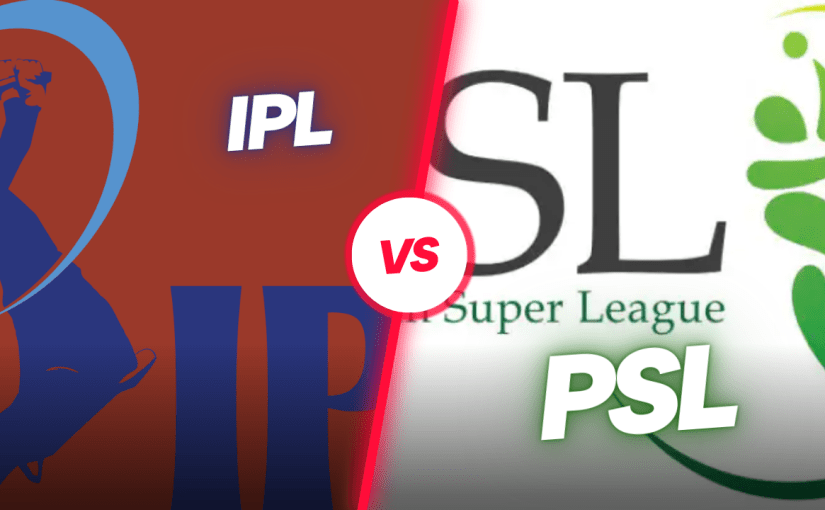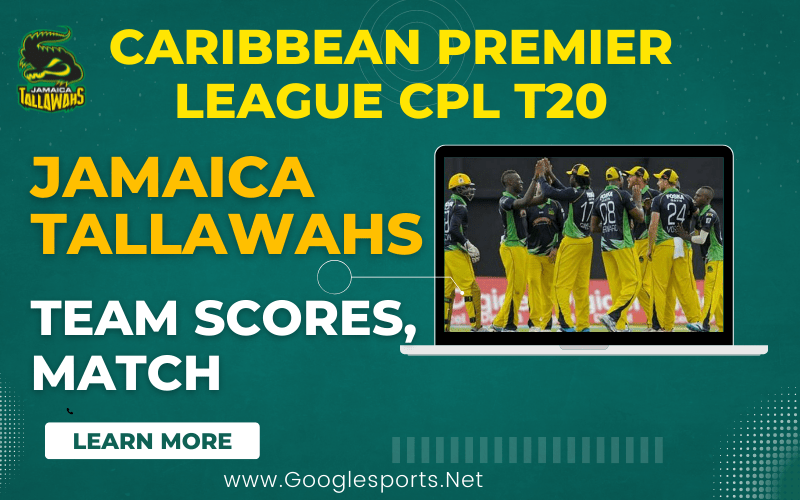Since the late 2000s, T20 cricket competitions have gained popularity.
The T20 Blast, which debuted in England in 2003 and was the first T20 league in the globe, was quickly eclipsed by the Indian Premier League’s glamor and glamour.
Ever since its start in 2008, the IPL has completely transformed the sport.
One of the biggest sporting events in the world, let alone cricket, it successfully wedded cricket and entertainment in a way that had never been done before.
Since the PSL was established in Asia in 2015, discussions of IPL vs PSL have proliferated. PSL Point Table or IPL Schedule
Cricket Australia seized the chance to launch the Big Bash League in 2011 by capitalizing on the popularity and income that the IPL was bringing to the BCCI.
It attracted a sizable audience and made multiple attempts to innovate T20 cricket. The strategy quickly found success, and many other nations tried to adopt it.
In 2013, the Caribbean Premier League was established, and in 2015, the Pakistan Cricket Board joined the fray by announcing the Pakistan Super League.
The PSL has experienced immediate success since its debut. It has had six different champions in its seven seasons and has surpassed the IPL to become the greatest T20 competition in the subcontinent.
There are several distinctions between the IPL and PSL, despite the fact that both competitions provide a stage for domestic and international cricket players to dazzle a global audience with their diverse range of skills and abilities.
Danish Kaneria, a former Pakistani cricketer, believes that the PSL is “unprofessional” in comparison to the IPL and that the IPL is the finest venue for developing young players.
Let’s talk about how the two leagues vary below:
IPL vs PSL
IPL:
The Board of Control for Cricket in India (BCCI) established the IPL, a professional men’s T20 cricket competition, on September 13, 2007.
Lalit Modi, then the vice president of the BCCI, led the initiative to create the IPL in response to the success of the Indian national team at the T20 World Cup.’
On January 24, 2008, an IPL auction was held to determine the owners of the clubs in the new league.
The basic prices for the franchises were about $400 million. On April 18, 2008, Kolkata Knight Riders and Royal Challengers Bangalore competed in the inaugural IPL game.
PSL:
In September 2015, the Pakistan Cricket Board made the official announcement that the PSL would begin after years of preparation and two prior attempts that were unsuccessful.
In December 2015, the original franchises’ commercial rights were offered for sale for US$93 million over a period of ten years.
Wasim Akram and Ramiz Raza, two former Pakistani national team captains, were named the league’s three-year ambassadors, and the inaugural PSL game took place on February 4, 2016, in the United Arab Emirates.
The Formats of IPL and PSL
IPL:
IPL: Up until the 2017 season, the IPL consisted of eight teams: the Mumbai Indians, Chennai Super Kings, Kolkata Knight Riders, Rajasthan Royals, Royal Challengers Bangalore, Sunrisers Hyderabad, Punjab Kings, and Delhi Capitals.
This year’s competition now has a total of 10 teams thanks to the addition of the Gujarat Titans and Lucknow Super Giants.
Before the top four teams advance to the playoffs, the clubs compete against one another many times throughout the league stage.
The top two teams receive two chances to advance to the final in Qualifier 1 and Qualifier 2, whilst the third and fourth-ranked teams must win at least two games to secure a spot in the championship game.
PSL:
PSL: In 2016, Islamabad United, Karachi Kings, Lahore Qalandars, Peshawar Zalmi, and Quetta Gladiators were the first five teams in the PSL.
The league expanded to six teams in its third season with the addition of Multan Sultans.
During the league stage of the PSL, each team plays the other team twice in a double round-robin format. In a format similar to the Indian Premier League, the top four teams proceed to the playoffs.
IPL vs PSL Earnings Comparison
IPL:
The IPL 2022 champion will receive INR 20 crore. It is the first league in the world where the winning team receives prize money larger than INR 10 crore. The runners-up in the IPL 2022 will receive INR 12.5 crore.
PSL:
Lahore Qalandars, the PSL 2022 champions, won around INR 3.4 crore, while Multan Sultans, the runners-up, received roughly INR 1.5 crore.
Players’ Salary
IPL
The biggest extravagance in cricket has always been the Indian Premier League (IPL). There is a reason the BCCI forbids Indian players from taking part in any other international T20 leagues.
That’s because the IPL’s financial rewards more than make up for it. Even Shivam Mavi, who was sold at the super auction for the IPL 2022 for INR 7.25, made more than Lahore Qalandars did for winning the PSL 2022.
KL Rahul was signed by Lucknow Super Gitans for INR 17 crores, making him the highest-paid player in the IPL this season.
PSL:
In the PSL 2022, platinum-level players might earn up to USD 170,000, or roughly INR 1.27 crore. The PSL’s best players, including Kieron Pollard, Babar Azam, and Shaheen Afridi, fall within the platinum tier.
Individual awards
IPL:
IPL: Several significant individual awards are presented during the Indian Premier League. The player with the best tournament score receives the Orange Cap, while the player with the most wickets receives the Purple Cap.
The player who has had the most impact on the league is also granted the Most Valuable Player award.
Earnings for the Indian Premier League’s Orange Cap, Purple Cap, and Most Valuable Player each total INR 10 lakhs.
PSL:
PSL: The Pakistan Super League offers cash awards to the best scorer, top wicket-taker, and player of the competition.
The player of the tournament makes roughly INR 14.1 lakh, which is more than the IPL prize money for Most Valuable Player, while the top scorer and highest wicket-taker each receive INR 3.75 lakhs.
How much will the PSL spend in 2022?
The PSL 2022 champion Lahore Qalandars received PKR 80 million (INR 3.40 crore approximately). Nearly INR 1.5 crore in prize money was awarded to the runners-up.
The Pakistan Super League received PKR 391.7 Crore (US$22.2 Million) in sponsorship money for the 2022–2025 season. In a contract worth about PKR 3.5 billion, Habib Bank Limited (HBL) agreed to continue serving as the primary sponsor through 2025.
Ramiz Raja stated at the conclusion of the most recent season, “HBL Pakistan Super League 7 profits soared to 71 percent, the most in its history, with each club earning around PKR 900 million, again the most in HBL PSL’s history, and all before the first ball was ever bowled.
How many people watched the PSL in 2020?
In 2020, PSL 2021’s expected viewership was close to 57.6 million.
How popular is the PSL in India?
India has the second-highest PSL viewership after Pakistan. It is now the second-most watched T20 league worldwide. According to reports, 144 million Pakistanis watched PSL 7 on television.


